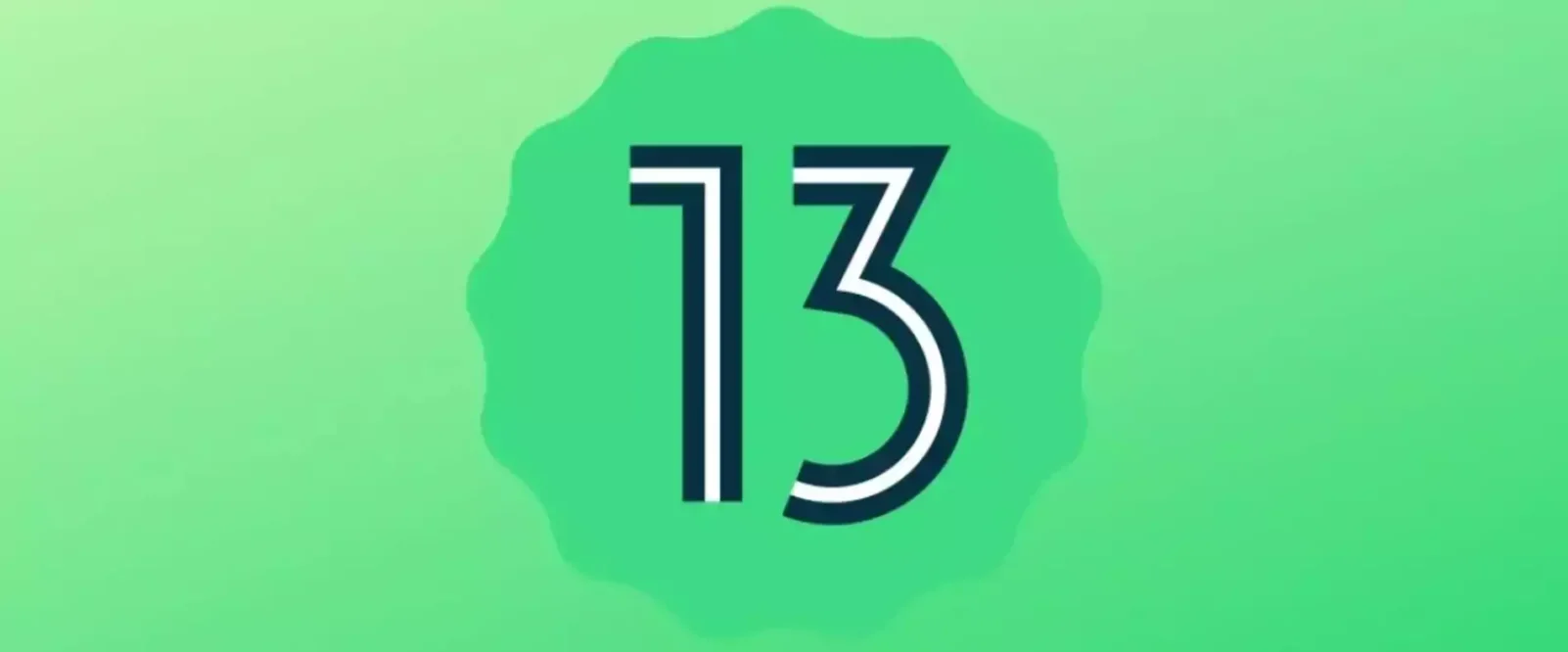Google has rolled out the first Developer Preview of Android 13, the first of two planned Developer Previews for Android 13, with Google rolling out a beta build in April.
With privacy a major feature these days, Google is introducing a photo picker that allows users to share photos and videos securely with apps, and a new Wi-Fi permission to further minimize the need for apps to have the location permission.
Photo picker and APIs
To help protect photo and video privacy of users, Android 13 adds a system photo picker — a standard and optimized way for users to share both local and cloud-based photos securely. Android’s long standing document picker allows a user to share specific documents of any type with an app, without that app needing permission to view all media files on the device.
The photo picker extends this capability with a dedicated experience for picking photos and videos. Apps can use the photo picker APIs to access the shared photos and videos without needing permission to view all media files on the device.
Nearby device permission for Wi-Fi
Android 13 introduces the NEARBY_WIFI_DEVICES runtime permission (part of the NEARBY_DEVICES permission group) for apps that manage a device’s connections to nearby access points over Wi-Fi. The new permission will be required for apps that call many commonly-used Wi-Fi APIs, and enables apps to discover and connect to nearby devices over Wi-Fi without needing location permission.
Previously, the location permission requirements were a challenge for apps that needed to connect to nearby Wi-Fi devices but didn’t actually need the device location. Apps targeting Android 13 will be now able to request the NEARBY_WIFI_DEVICES permission with the “neverForLocation” flag instead, which should help promote a privacy-friendly app design while reducing friction for developers.
Material You dynamic colour themes for app icons
Android 13 extends Material You dynamic colour themes, first introduced in Android 12, beyond just Google apps, making it available to all developers who supply a monochromatic app icon for their apps. The change will let users opt into icons that inherit the tint of their wallpaper and other theme preferences, creating a consistent and harmonious experience across the UI.
Updates to Google’s Project Mainline
Even more of the Android OS is now updatable directly through Google Play system updates, decreasing users’ dependence on device manufacturers for new features.
Per-app language preferences
Developers will be able to let users choose languages on a per-app basis.
Quick Setting tile prompts for third-party apps
Android 13 adds a new API that can be used to display a prompt to inform users of Quick Settings tiles for apps and let them directly add tiles to the Quick Settings menu in the notifications shade.
Faster hyphenation
Hyphenation makes wrapped text easier to read and helps make an app’s UI more adaptive. With Android 13, Google has boosted hyphenation performance by as much as 200%.
Programmable shaders
Android 13 brings support for programmable RuntimeShader objects.
The developer release also ships with updates to the Android core libraries to align them with the OpenJDK 11 LTS release.
Google said Android 13 will build on some of the most recent changes made in Android 12L to better optimize the OS for larger-screened devices like foldables and tablets.
A full-scale Android 13 release could come as early as August, according to Google’s roadmap.
It should be highlighted that Developer Previews are the earliest builds of Google’s Android OS. They’re designed to help developers optimize apps and services for upcoming software, and don’t give too much away when it comes to new system features and functionalities meant for the final release.



